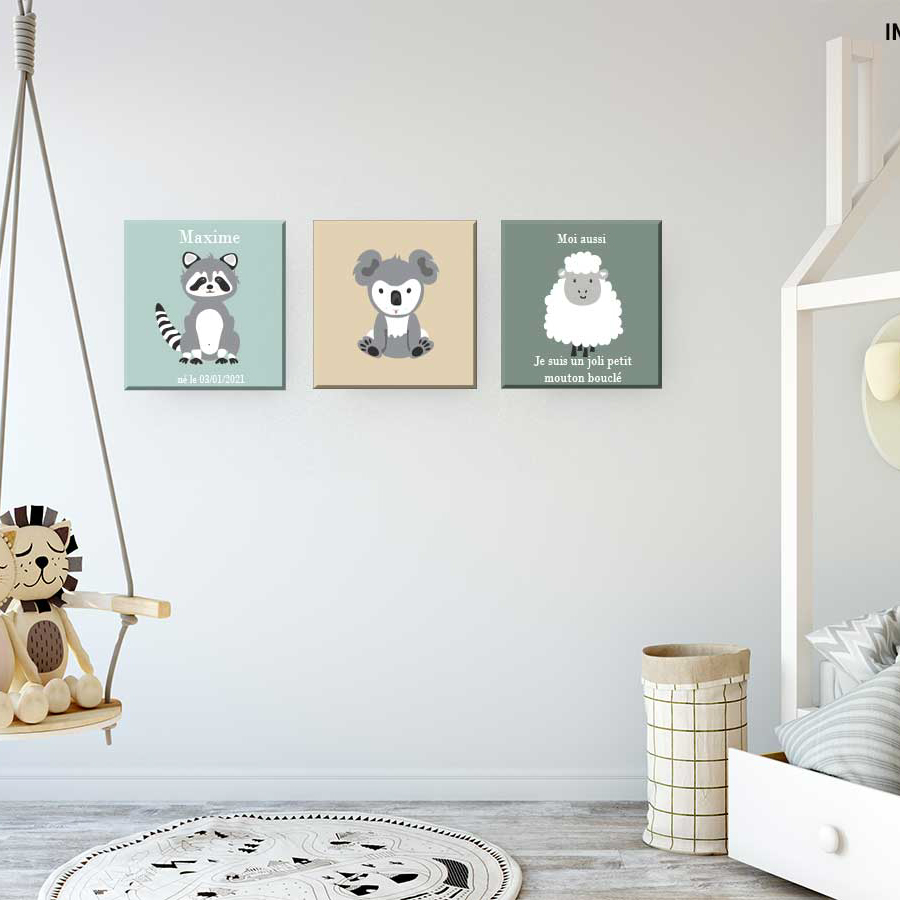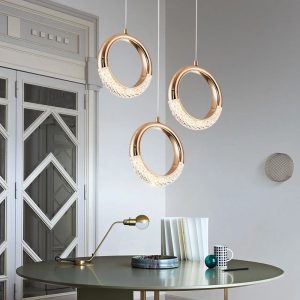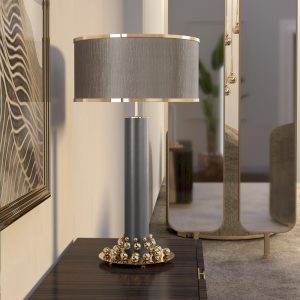
Selecting the Right Wall Lamp Holder

The wall lamp holder is the component of a light fixture that makes contact with the light bulb, feeding it electrical power. This light bulb then converts that energy into light that you can see, so it’s important to select the right bulb for your wall lamp holder and light fixture. Light bulbs come in a variety of shapes and sizes so you can find one that fits your desired lighting, whether it’s for an accent, task or feature.
Using a lamp holder with a screw type socket (either bayonet or Edison) will give you the widest choice of light bulb types, from standard incandescent to halogen and more. The other option is a plug-in model, often with a circular or oval base that clips into the holder and connects to the electrical wires. These can be used with most light sources including fluorescent and LEDs.
Some lamp Yilop holders have a flared skirt or ‘nipple’ to cover the larger base of CFL and LED bulbs. This helps them fit into the holder and reduces the risk of a blown fuse or overheating.
Lamp holder materials vary and include brass, silver nickel, bronze and Bakelite. The finish affects the appearance of a light fixture, and can be chosen to match other fittings such as switches or wall plates. Some are also available in antique versions to create a vintage look.
The lamp holder’s lugs, or flanges, are another way to customise the appearance of your light fixture. These can be twisted to raise or lower the height of the shade and also to twist in to place, so you can choose how much of the bulb is visible.
Light shade options are almost limitless and you’ll need to decide how you want the lamp holder fixed to your shade. This might be cord grip, hooking or threaded. Cord grip models are designed for use with a cord, while hooked or threaded holders can be used with a hook suspended from a chain or rope.
You can also find a lamp holder with a lip for attaching to the neck of your light shade, or an internal carrier ring or harp. The neck of the shade pushes onto the flange or lip, and a shade ring is then used to ‘sandwich’ it in position.
If you’re installing a wall lamp holder, it’s best to get a professional to do the job. This will help to ensure the light is installed at the right height and complies with electrical safety standards.
If you’re attempting to install a lamp holder yourself, be sure to follow the manufacturer’s instructions carefully, particularly when it comes to wiring. Wiring an electrical device can be hazardous and should only be carried out by someone competent to do so. Always use a step ladder if necessary when accessing ceiling lamp holders, and be careful when twisting the bulb into bracketed lamps. It’s also a good idea to use a light bulb that is suitable for your lamp holder to prevent it from blowing or overheating.


